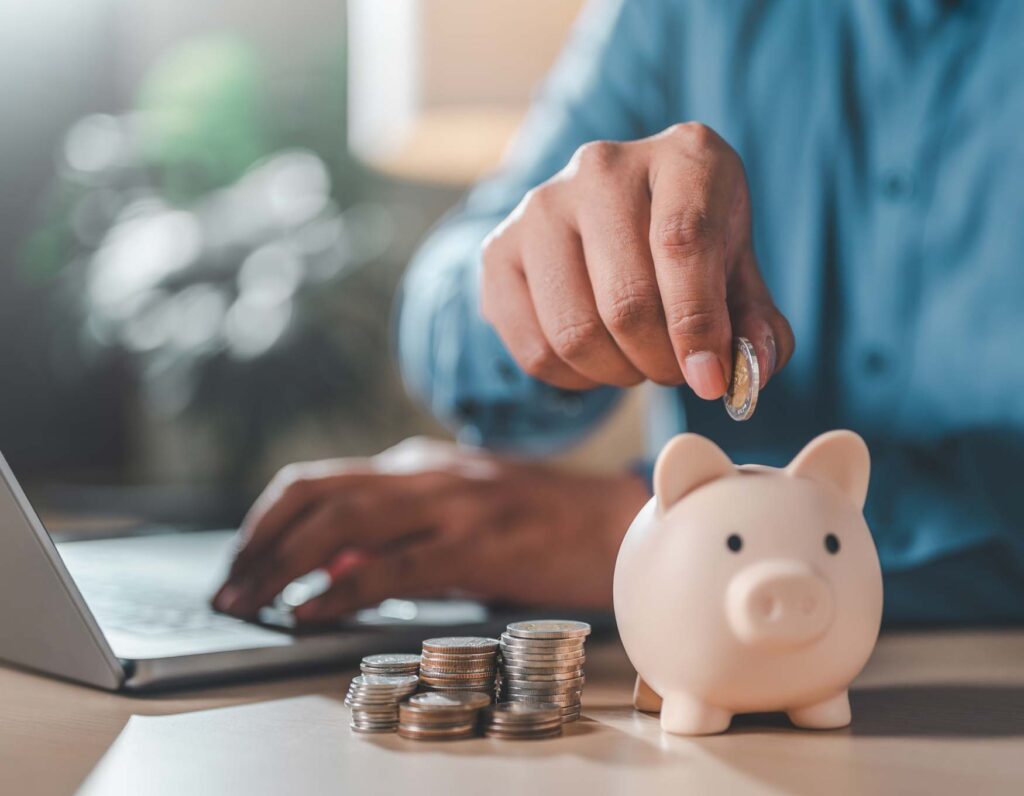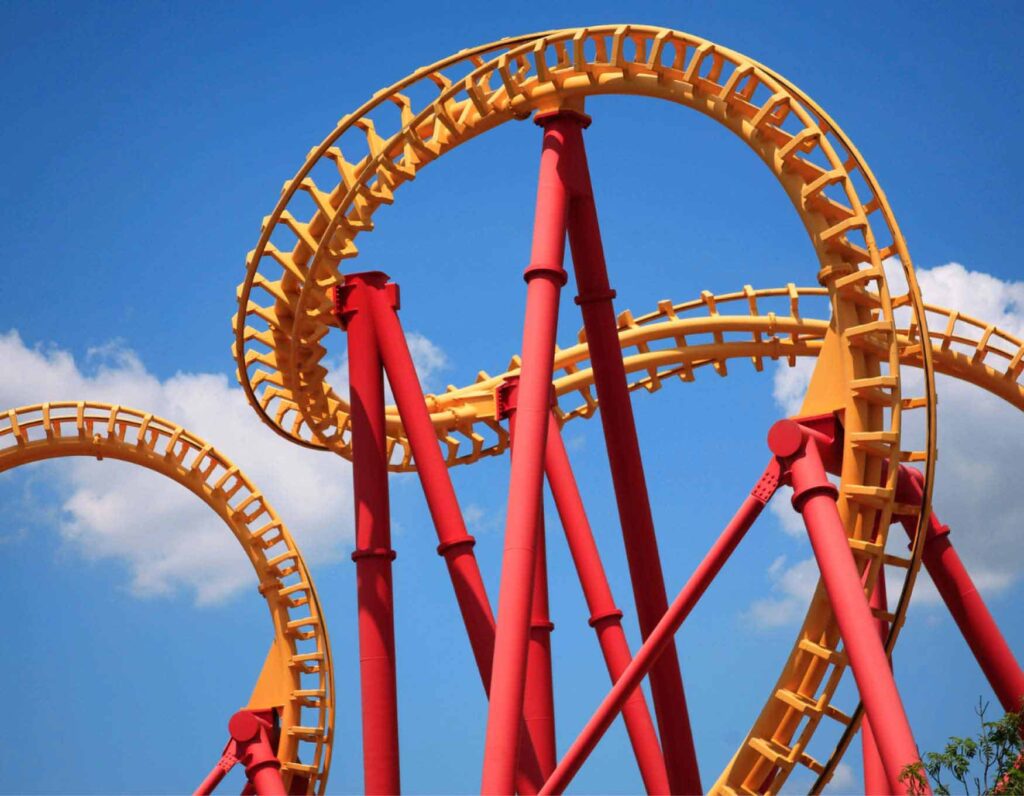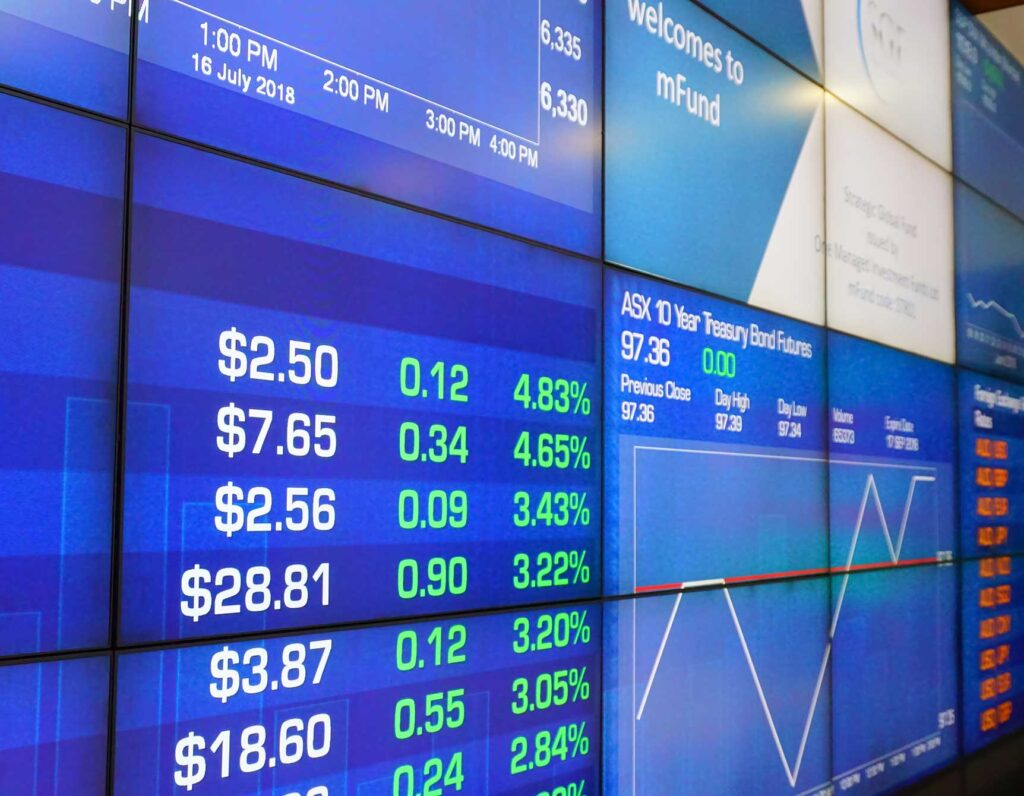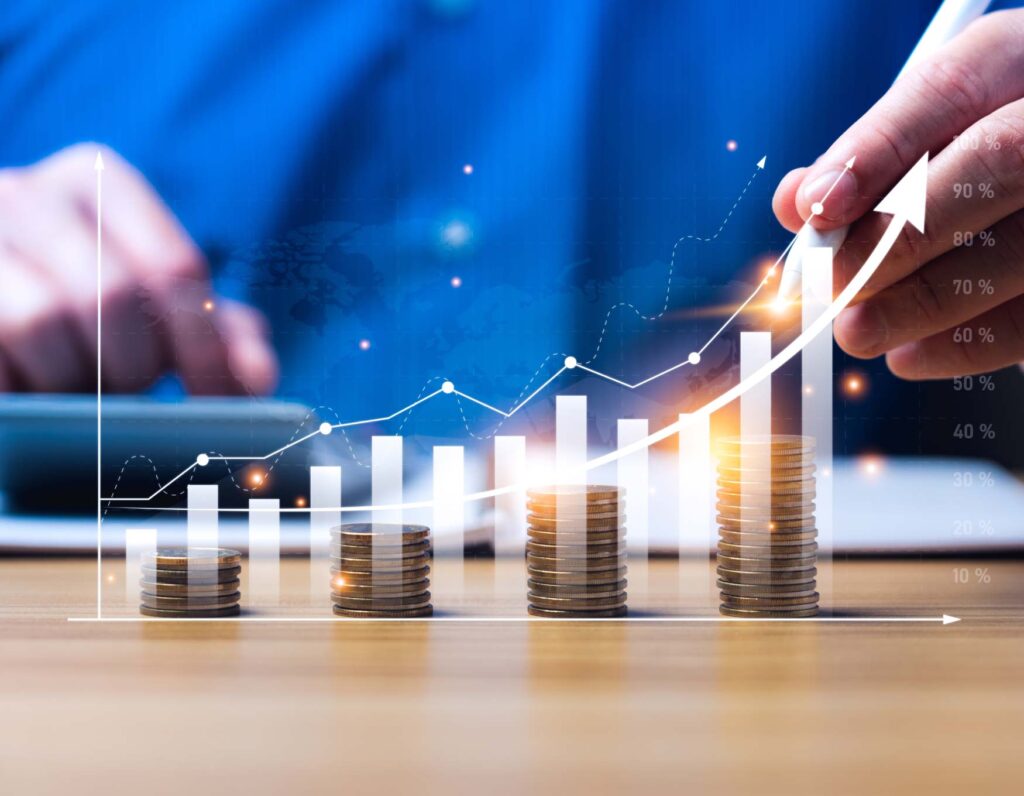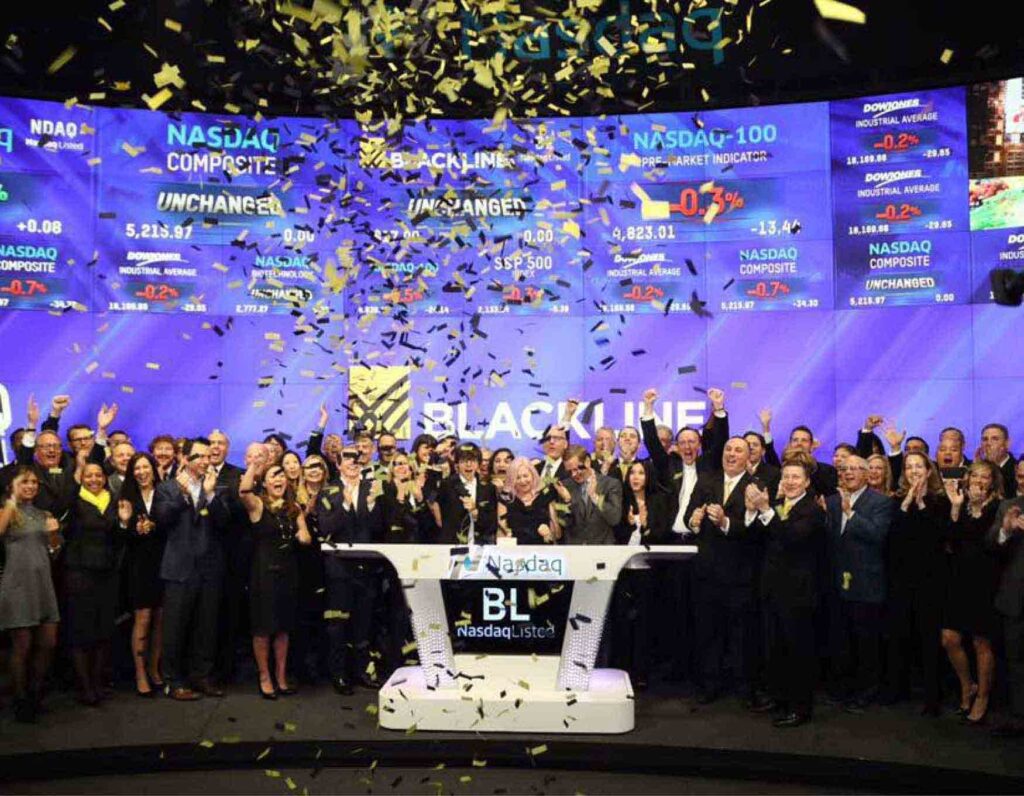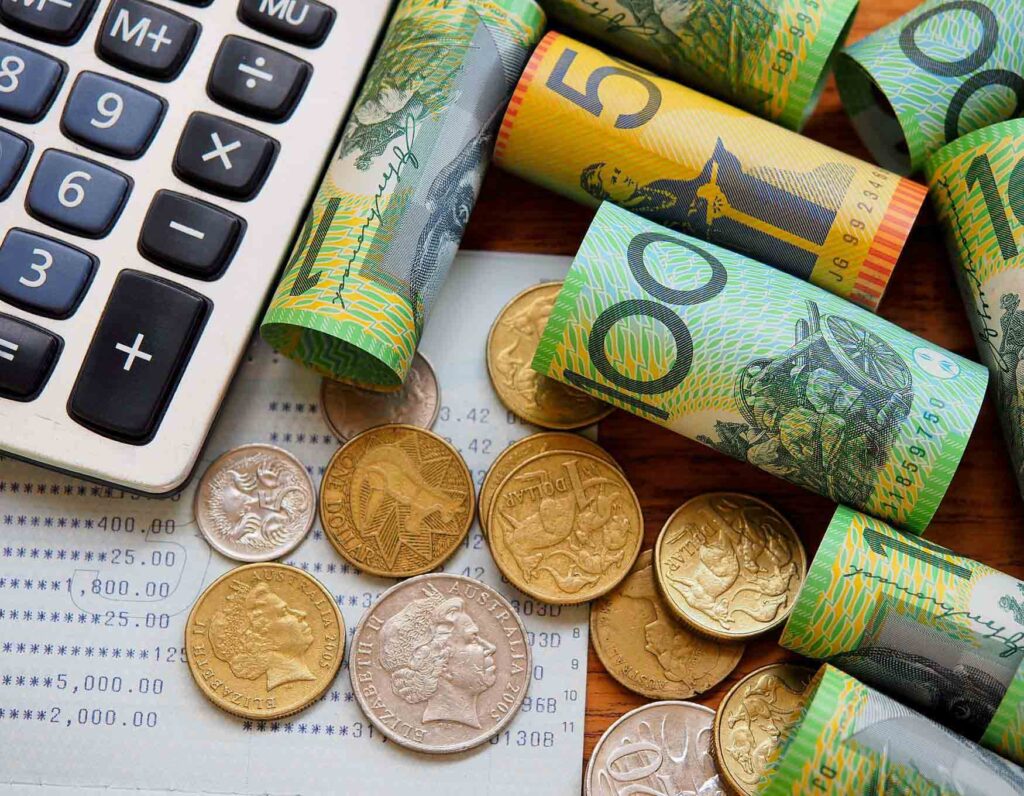Scan this article:
An exchange-traded fund (ETF) is a managed investment fund that contains a basket of assets, which might include shares, bonds, commodities or more.
So when you invest in an ETF, that one transaction gives you a stake in multiple assets.
Some ETFs double as ‘index funds’, which are ETFs that mimic the performance of an index. For example, the S&P ASX 200 ETF holds shares in the largest 200 companies listed on the ASX in a weighting similar to the index.
Buying into an ETF is a quick, easy way to diversify your portfolio and spread your investment exposure across many companies without having to invest in each company individually. It also helps you reduce your risk, as you don’t have all your ‘eggs in one basket’ and don’t have to try and ‘pick the winner’.
The value of your ETF investment will go up and down in tandem with the value of the individual assets, giving you a similar return (minus fees). If any of the companies in your ETF pay dividends, you will get a share of those dividends.
Passive v active ETFs
Many ETFs are ‘passively’ managed. Trading decisions are not made by humans, but rather according to objective mathematical criteria. For example, if an index fund includes the 200 largest companies on the market and a particular company falls in value from 197th to 208th, the index fund will sell its shares in that company and replace it with whichever company is now in the top 200.
Passive ETFs aim to replicate the performance of an index or commodity, not outperform it. There’s no manager actively buying and selling assets, which minimises costs and therefore your fees.
‘Actively’ managed ETFs are also run according to criteria, but these are subjective criteria that are open to interpretation by human managers. The human element is key, because it gives the fund a chance to outperform the market (although it might also underperform). Active ETFs are generally more expensive to run and therefore tend to charge higher fees.
ETFs v managed funds
There’s one big difference between ETFs and managed funds: you can buy and sell units in an ETF through the stock market, whereas buying and selling through a managed fund is a more cumbersome process.
Another difference is that ETF prices fluctuate throughout a trading session, based on supply or demand. Managed funds, on the other hand, are typically repriced at the end of each trading day.
Managed funds are actively managed, which means they tend to charge higher fees than ETFs that are passively managed.

Become a part of
our investor community
Why you should join us:
- Join free and invest with no monthly account fees.
- Fund your account in real time with PayID.
- Get investing with brokerage from $2. Other fees may apply for U.S. shares.
Read our latest articles
Make knowledge your superpower and up your skills and know-how with our news, educational tools and resources.





